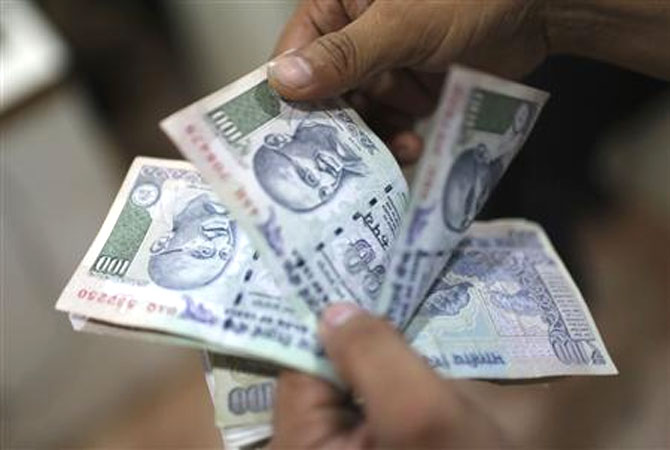
Safety nets must induce people to enter manufacturing sectors; and it should go together with job flexibility.
At the Business Standard Annual Awards in Mumbai this weekend, Commerce, Industry and Textiles Minister Anand Sharma said that the government had laid the foundation for a manufacturing expansion through various targeted policies, including the setting up of the Delhi-Mumbai Industrial Corridor.
Mr Sharma is certainly correct in that India has, since liberalisation, ignored industrial growth - and the employment that has traditionally been associated with a robust manufacturing sector.
Instead, it has focused on informal manufacturing and services, which have a much patchier record on job creation.
...

But there is reason to suppose that, leaving aside the weaknesses of government policy, there are problems with going ahead with what has worked so far, historically, in developing a manufacturing sector.
The biggest hurdle, in many ways, is that bugbear of economists in the developed world: skill-biased technical change.
This is the theory that recent advances in technology have served to increase the pay-off to specialised skills compared to returns to generalised skills or unskilled learning-by-doing qualities.
The latter have been the foundation of manufacturing employment for centuries, and the mechanism through which middle classes have expanded for centuries.
...

Yet, in the West, there has been a sharp rise in inequality, which has led econometricians to isolate one major culprit: the nature of technical change, which has allowed the benefits of productivity growth to be cornered by those with the most specialised skills.
This has helped lead to a situation in which those without skills will no longer find the cradle-to-grave jobs that the West knew in its golden era.
Even in recently industrialising countries, there is evidence that this effect exists.
The implications are considerable. In the West, consistently rising inequality, jobless growth, and casualisation of the workforce have caused widespread unrest. The social safety net in such countries has become more valuable at exactly the time it is the most expensive.
...

In China, even though wages have risen, the embodied skills of a workforce that has been the factory of the world for centuries, and the managerial and administrative skills in its industrial enclaves, mean that few companies are able to change their supply chains to cut out the China component even though it has become much more expensive.
And, in India, it means that the returns to a little education may be insufficient to ensure that poor people invest in their human capital, even as the returns to advanced levels of education continue to increase.
Government policy, therefore, will have to show unaccustomed nimbleness. Merely promoting investment is not enough. Labour policy needs attention. Safety nets must induce people to enter manufacturing sectors; and it should go together with job flexibility.
Also, attention to integrating with international supply chains becomes all-important.
...

This is vital because even larger changes to manufacturing technology are on the horizon. The assembly line may never become redundant for heavy manufacturing; but, for smaller or more niche products, three-dimensional printing may be the future.
Entry-level manufacturing enterprises that make simple products like ashtrays – the “widgets” of college-level economics – may now be replaced by 3D printing shops, with the corresponding loss in employment possibilities.
The longer India delays in creating a manufacturing-based middle class, the more difficult it may be to create one.